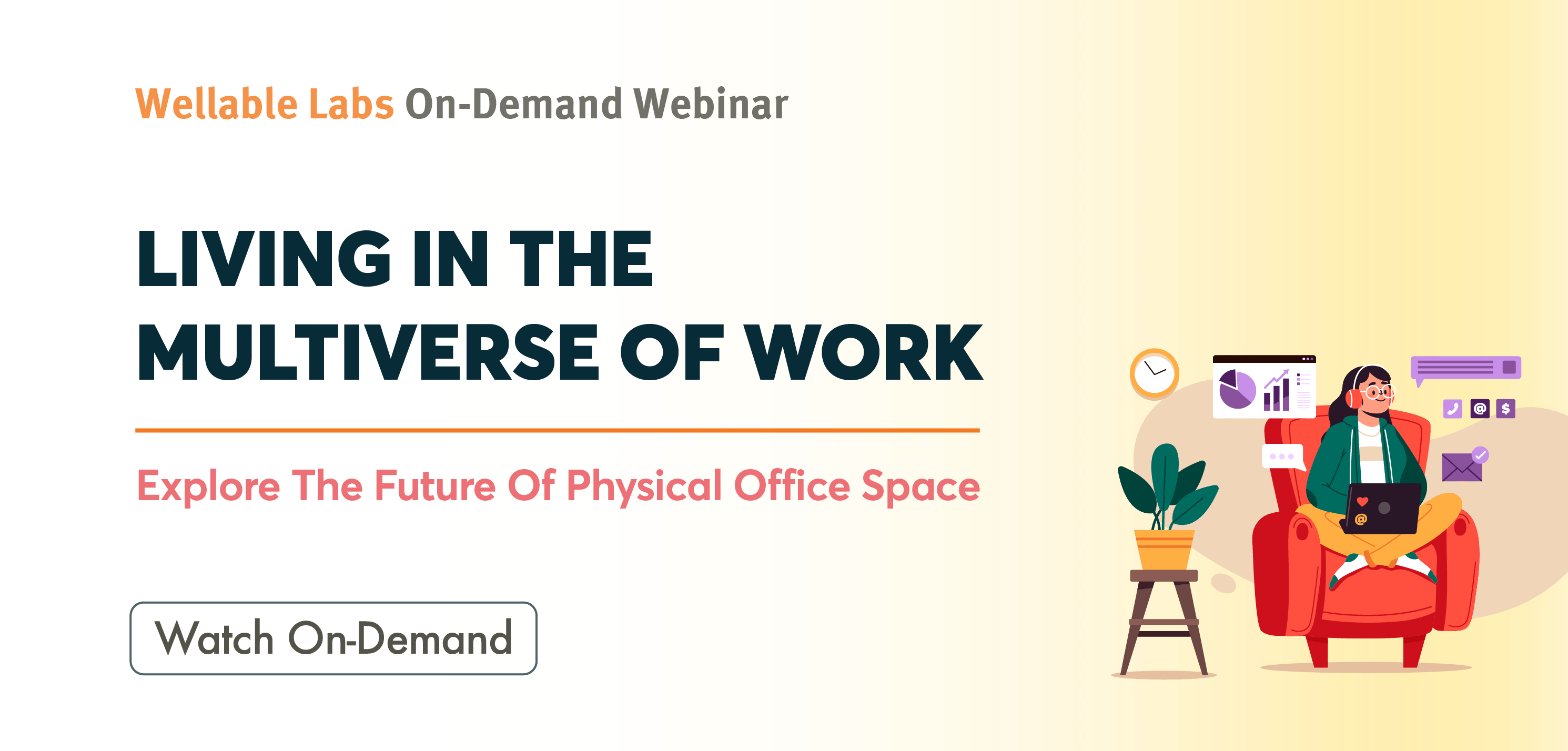After more than a year of remote work, many employers are left wondering what a good location flexibility policy looks like for their particular companies. To help these employers “distinguish the right answers for their organization” and “execute a clear workplace strategy,” researchers at Avison Young conducted an exhaustive literature search and compiled a list of key findings and themes which seem to weigh in favor of a clear location flexibility policy for work in the post-pandemic world. Based on findings on worker preferences and expectations with regards to location flexibility policies and data about worker productivity in remote and in-person settings, they concluded that:
- Workplaces should offer a “multiverse of work” (i.e., they should offer “the flexibility to work remotely and a place to gather with coworkers, not either one or the other”).
- There is no single ideal way to strike the balance between remote and in-person work, so companies will need to consider information specific to their particular workplaces (e.g., industry, job functions, geography, personal circumstances, and general location preference.) if they wish to have a more complete and personalized flexible location policy.
The first conclusion is supported by research that suggests that employees prefer to have and perform better in scenarios in which they have the option to work both in corporate settings and remotely as opposed to scenarios in which they can only work in one or the other. According to Gartner’s 2021 Digital Workplace Experience Survey, 59% of workers would only consider a new job that allows a choice of location. Additionally, Avison Young notes that:
when it comes to productivity, [Gallup’s] 2020 State of the American Workplace report revealed that engagement is highest (36-41%) among employees who work both remotely and onsite. On the other hand, engagement was lowest (30%) among employees who either always or never worked remotely.
The second conclusion is largely based on the general knowledge that not all companies and workforces are the same, and that the ways in which they are different warrant different varieties of location flexible policies. More specifically, Avison Young concludes that:
The frequency of remote versus onsite work will vary by industry, function, and geography, not to mention personal circumstance and preference. Some roles will always require more in-person collaboration with others, just as some personalities prefer more or less social interaction. Housing and family situations will still make working from home relatively easier for some people and more difficult for others. Clearly, no one solution will be universally applicable.
The general point seems to be that most workforces are likely to diverge, to some degree, from those involved in the studies mentioned in terms of the preferences over location flexibility policies and in terms of the environments in which they work best.
So, what does that mean for business trying to settle on a good location flexibility policy? How should companies deal with the fact that their workforce will have their own individualized preference and productivity requirements? One way to respond is by providing employees with the tools they need to remain happy, healthy, and productive while at work and at home. When it comes to remote work, employers can offer stipends or reimbursements for home office setups (e.g., broadband, hardware and software for video conferencing, and ergonomic equipment). Additionally, when it comes to the corporate office itself, companies can do things like change the office design by making use of desk pods, desk distancing, outdoor offices, and smaller conference areas. According to Avison Young, by allowing employees to work with optimal remote and in-person setups, employers can “maximize employee effectiveness and distribute workplace flexibility as equitably as possible.”













